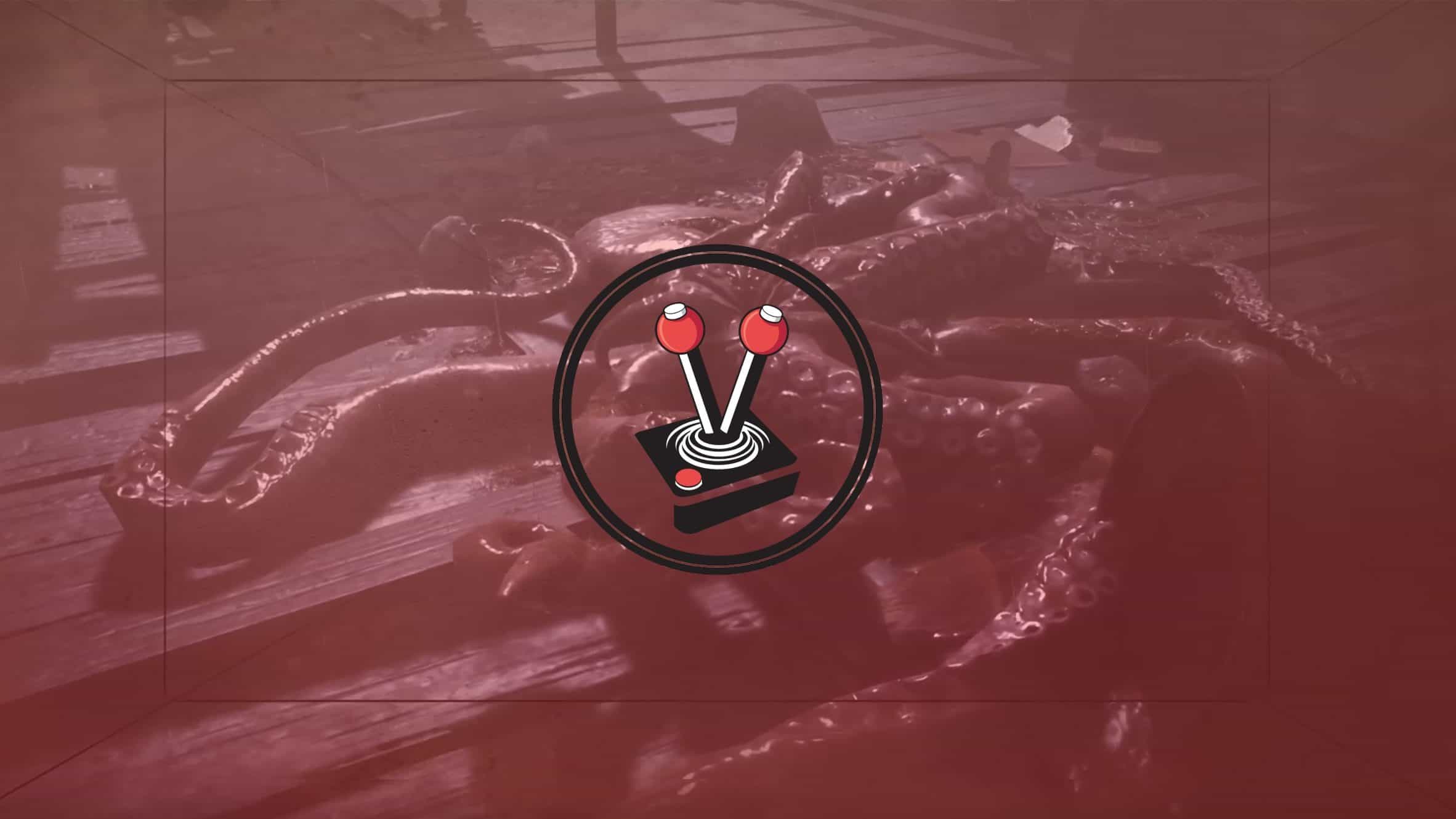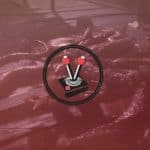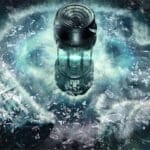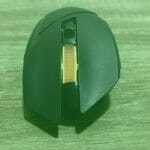When one thinks “detective”, a name that usually springs to mind is Sherlock Holmes, and for good reason. The man is a fictional legend, written into existence by British author, Sir Arthur Doyle. The Sherlock Holmes video games have similarly been exceptional adaptations of Sir Doyle’s work. Sherlock Holmes: Crimes & Punishments remain one of the best detective games that I have ever played. As such, I was quite intrigued when I learned that Frogwares, the developers of the many Sherlock games over the years, have branched out and created a brand-new game based on H.P. Lovecraft’s work: The Sinking City.
The Sinking City is perhaps the developer’s most intriguing title yet. Given that it is based on the Lovecraftian mythos, players can expect to see a whole lot of crazy stuff in the game. However, upon learning that it is, by and large, a detective game similar to Sherlock Holmes, one might think that the combination of third-person detective adventuring and Lovecraftian weirdness would be a strange one. In this Vamers The Sinking City Review, I will tell you why this game is one of the best Frogwares games that I have ever played.
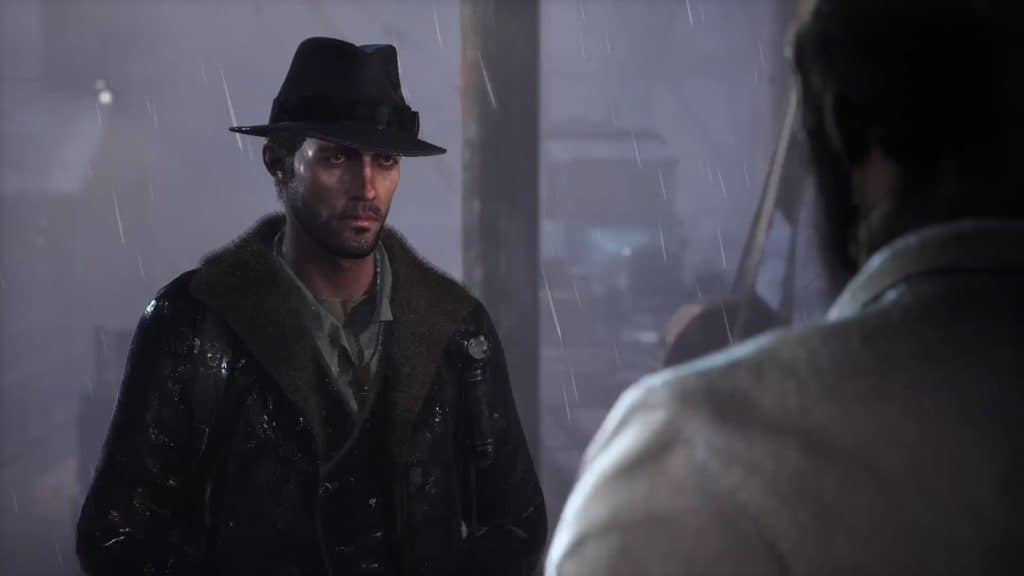
Doing the source material proud
The story starts off pretty much as you would expect from a game based on the works of Lovecraft. You are Charles W. Reed, a retired United States Navy sailor and Great War veteran, who has resorted to becoming a renowned private investigator. Throughout his life, Reed has been plagued with nightmarish visions and dreams. Upon learning of his curse, Reed is invited to the city of Oakmont by Johannes van der Berg, a mysterious intellectual. It is here that Reed learns how his visions and dreams are shared by numerous other people in Oakmont. With this revelation on mind, he sets off on a quest to learn what the visions are about and what is causing them.
One of these nightmarish visions is thrust upon gamers right at the start of the game. It is a dark dream-like sequence that ominously depicts a world under water. Huge sea creatures appear to “fly” overhead, and many buildings and ships surrounding Reed are wrecked. He jumps off the side of the ship, and stirs to a wake. This leads the player to the “real world”, where it is revealed that Reed has arrived in Oakmont. The city where a majority of the gameplay will take place.
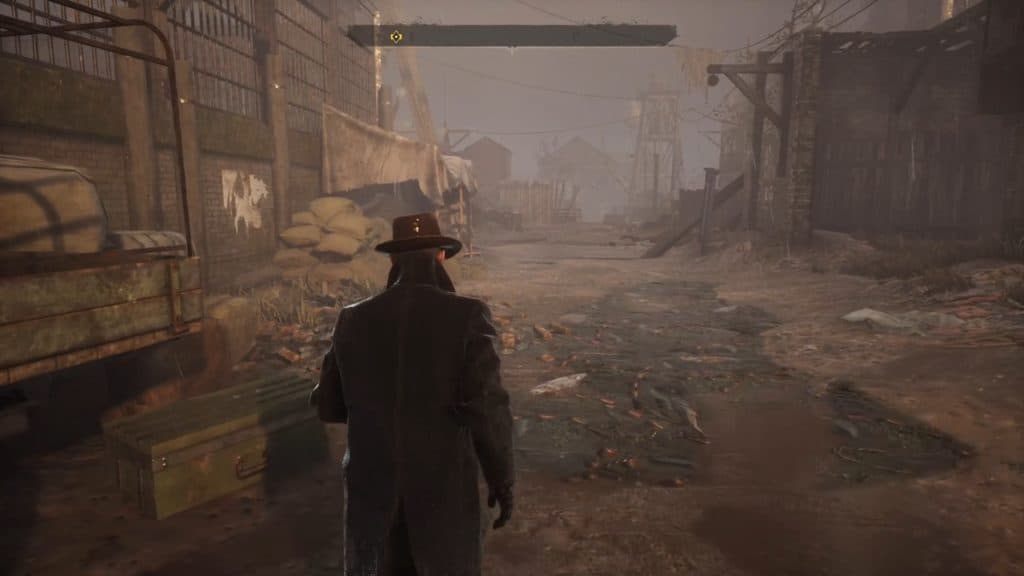
Following the introduction, the plot quickly sets players on the case of a Robert Throgmorton – a member of one of Oakmont’s leading families. Reed learns that Throgmorton’s son has been studying the visions and that he has disappeared. It is up to Reed to investigate the disappearance of his son. This investigation, while ultimately small in the greater scheme, is what leads both Charles Reed and the player, on a sprawling quest to uncover the mysteries of Oakmont, the visions, and the presence of mutated creatures.
While it may seem like nothing more than a plot device at first, the visions and nightmares slowly start to effect Reed’s everyday life in Oakmont. This creates a sense of urgency to get to the bottom of the mystery, all while Reed explores the city, take on cases that pertain to the flood, the visions, and the creatures that now plague the city. Reed’s quest to get to the bottom of it all eventually leads him north, to the seemingly well kept Old Grove, and even further to Reed Heights and the unique aesthetics that all the various regions of Oakmont have to offer. However it is not until Reed collects a diving suit, which leads him to the depths of the ocean, that things start clicking into place.
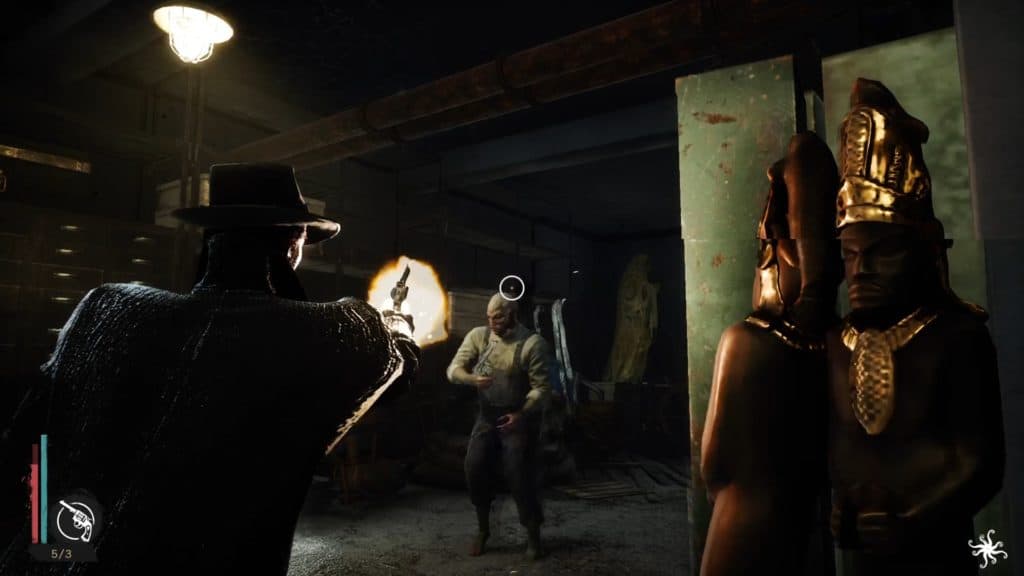
While it can be argued that the story is rather straightforward, especially for those who have played one or two Sherlock Holmes titles in the past, it lends itself incredibly well to the source material it is based on. Frogwares pulled as much from the Lovecraftian mythos as they could, and worked it into a masterpiece of a detective story. It is an incredible evolution of their previous Sherlock Holmes games, and paints an exciting and exquisite portrait for possible future games to follow.
Super sleuthing and mindful deductions are the name of the game
Considering the stellar overarching narrative, it may come as a surprise that the game is far less of an “interactive movie” than originally anticipated. Rather, The Sinking City relies heavily on exploration and the power of deduction. Thus the game embodies a third-person explorative gameplay mechanic. Players walk from one point to another, interact with bodies or objects, gain intelligence materials from the scene, and then continue to put all the clues in place in order to figure out what, when, and why the scenario took place. Players also need to talk to NPCs, and ask them questions pertaining to the case at hand. It plays very much like Frogwares other detective games, but with a few additions.
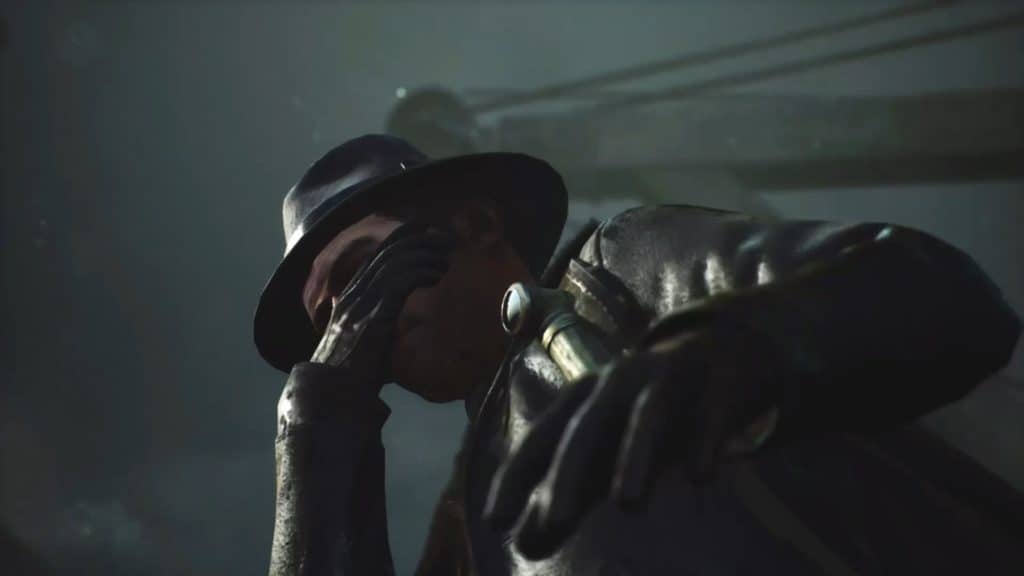
Right from the onset, players are taught how to converse with other characters. Most non-playable characters (NPCs) will not have much to say to Reed. They will comment in passing as the player interacts with them, or comes near them. This is a nice way of teaching players that clues of importance need to be actively interacted with, while clues in passing do not add a lot of value towards Reed’s case solving. Conversations carry a lot of weight in the game, however. Whenever you can interact with someone, it is best to do so.
Most of the time, conversations will act like information dumps that either open more cases, or help you with completing current cases. Characters that you speak to will often have branching dialogue. Including choices on what to say or ask. These are really simple dialogue choices that do not really impact conversations. Rather, they act as a means of getting to the information that you want, in the fastest way possible. With that said, it remains good practice to exhaust all dialogue options (whenever possible), since you might unlock more clues and hints about where to search for clues, or perhaps even solve cases in a single go, just by listening intently.
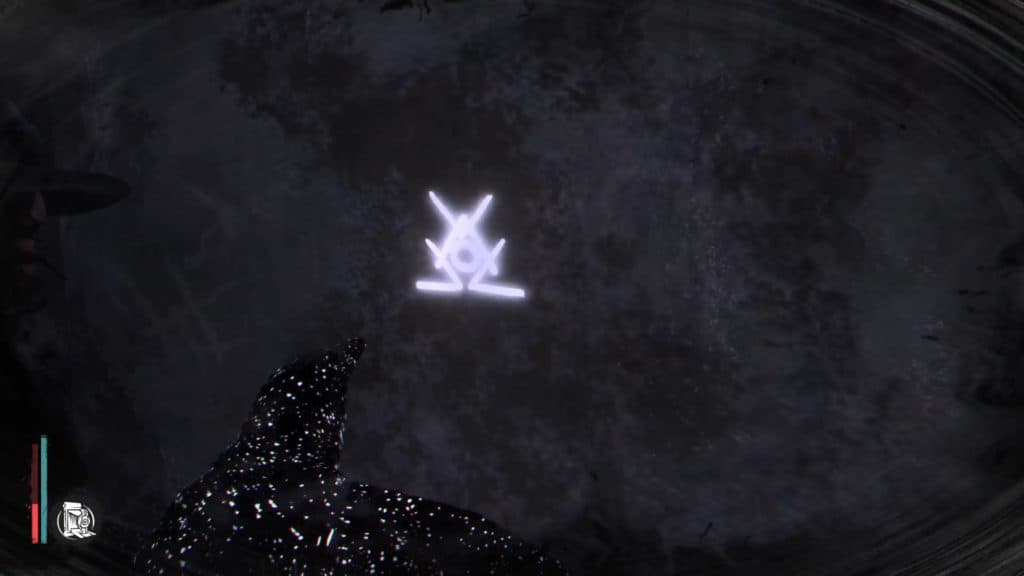
Whenever you do unlock new clues, you will get a notification that implores you to check your Mind Palace. The Mind Palace can be found from the pause menu. Here, you get a nice overview of all clues you have found pertaining to the main case. From here, you can combine clues and create deductions that will help you figure out the answers to the case at hand. Deductions will often come in the form of statements that summarise a chunk of the clues that you just combined together. However, sometimes combining clues will lead to deductions that will present the player with a choice. These can come in a variety of flavours: will you let a thief, who committed a crime by accident, go to jail? Will you let him go, and tell your employer that he died? Many times, these choices pertain to entire groups. These choices come in many forms. For instance, it is up to you to decide whether or not entire groups should be left for dead for the sake of the greater good, or whether they deserve to be treated and risk infecting many more.
The Mind Palace is not the only place where players will be doing their investigating either. Due to his visions, Charles Reed has the ability to see things from a supernatural perspective. This allows him to enter an otherworldly state where he can find more evidence, or in some cases, remnants of memories. This power also allows him to recreate scenes in his head, and make deductions from there. This ability not only helps with investigations, but also helps in the exploration aspect of the game.
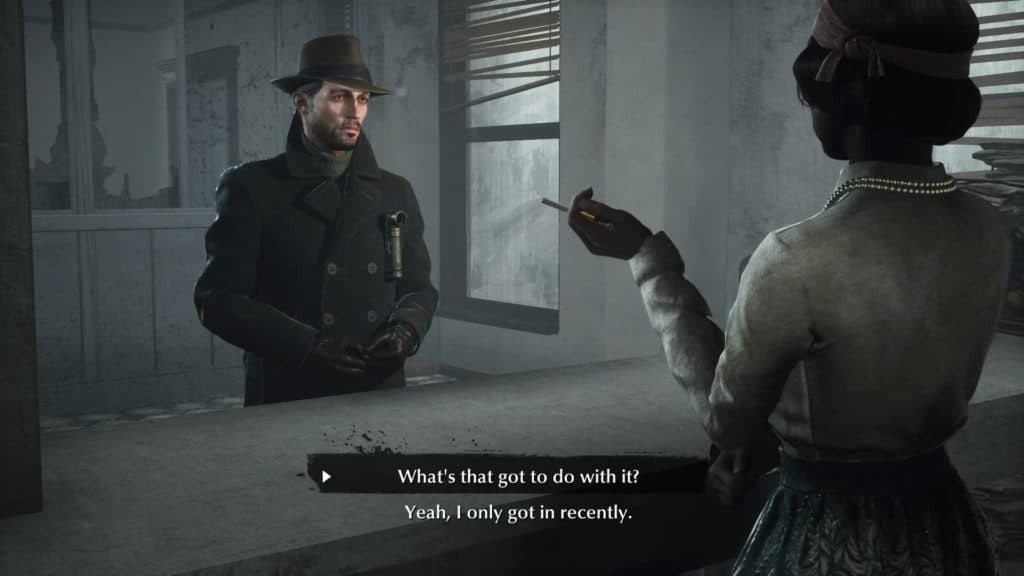
By activating the ability, players will get to see icons in the open world that hint toward certain things. A weird, E that lies on its belly, for instance, means that loot is nearby. A scrambled mess of icons, when focused on, will eventually fix themselves and reveal an eye. These icons will more often than not reveal a secret passage. Then there are passive icons such as a big triangle with a M in it. These indicate explorable zones that may hold treasures, but also danger.
Beyond powers and skills of deduction, the game also features a character progression system. This system, which can also be accessed via the pause menu, lets the player upgrade various aspect of Charles Reed. These include getting a bump in physical strength, getting health upgrades, and more. This also lets players upgrade the number of bullets and other materials that Charles can carry – a valuable set of upgrades to have considering that bullets, med kits, traps and everything else, need to be crafted before they can be used.
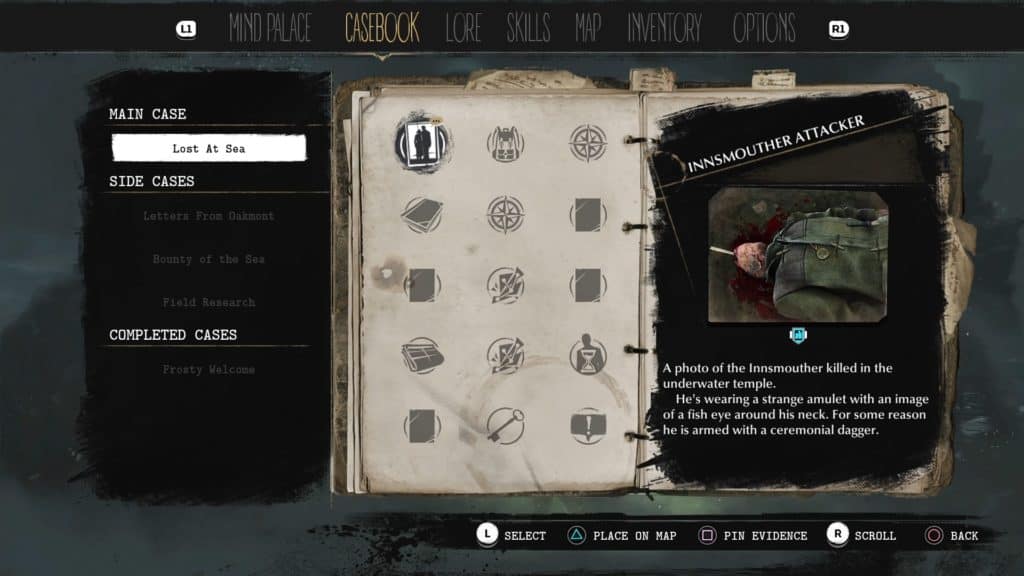
Speaking of, the crafting system is rather simplistic and is the weakest part of the entire game. It has nothing special going for it, beyond pressing a button to craft things if you have enough materials to press said button. Materials are not limited in the least, but it can become a hindrance whenever your inventory is full. This makes those upgrades an absolute necessity above all else, which should not be the case. Fortunately, the game has a lot more going for it than just the crafting.
Wonderfully dark and ominous
There is nothing more atmospheric than a story based on the supernatural and extraterrestrial Lovecraftian mythos. Bloodborne, for instance, beautifully married the challenging gameplay and mysterious narrative from the Dark Souls games, with the cosmic horror elements of H.P. Lovecraft’s work. In this same vein, The Sinking City beautifully marries the tried and tested detective gameplay from Sherlock Holmes with pretty much everything Lovecraft ever stood for. Naturally, this includes aesthetic, art style, and world building.
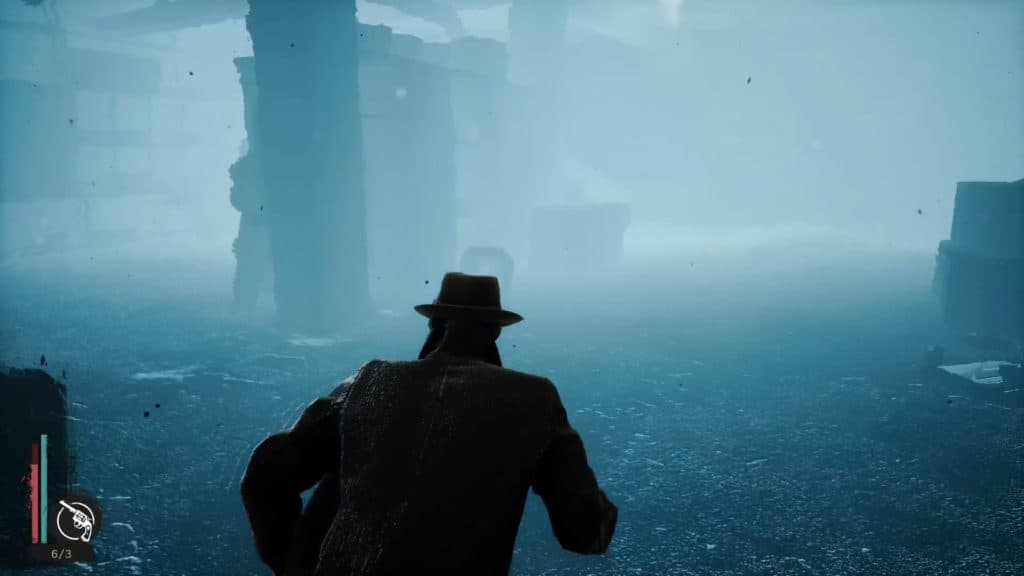
While the overall look of the game will not win any awards, it still remains one of the better looking games currently available. This is thanks in large part to how The Sinking City is presented. The art direction for the game is phenomenal. Frogwares have captured the very essence of what makes Lovecraft’s stories so great, and that is the world he built for them. The game is set in the city of Oakmont, which is currently in the middle of a power struggle between two prestigious factions. The Throgmortons have been icons of Oakmont for decades, but since refugees from the now-ruined Innsmouth have started to pour in, the Throgmortons have fallen in popularity among the city people. While many of Oakmont’s residents look like normal human beings, the prestigious Throgmortons are actually ape-like people. Similarly, many of the Innsmouthers resemble fish.
World building is a huge aspect of The Sinking City. As such, the incredible depiction of the characters therein lends a believability to the world and enhances how immersive it can be. I adore how the developers managed to get their own creation, Oakmont, and infuse it with the aesthetic that we all know and love from the so-called Lovecraft Country – a point of reference used by many writers as they establish their own fictions based on the Lovecraftian mythos. From flooded city blocks, all the way through to whale and fish carcass laden beaches and piers. All of that, combined with the beautiful late 80s, early 90s American aesthetic, and you have yourself one gorgeous and atmospheric city.
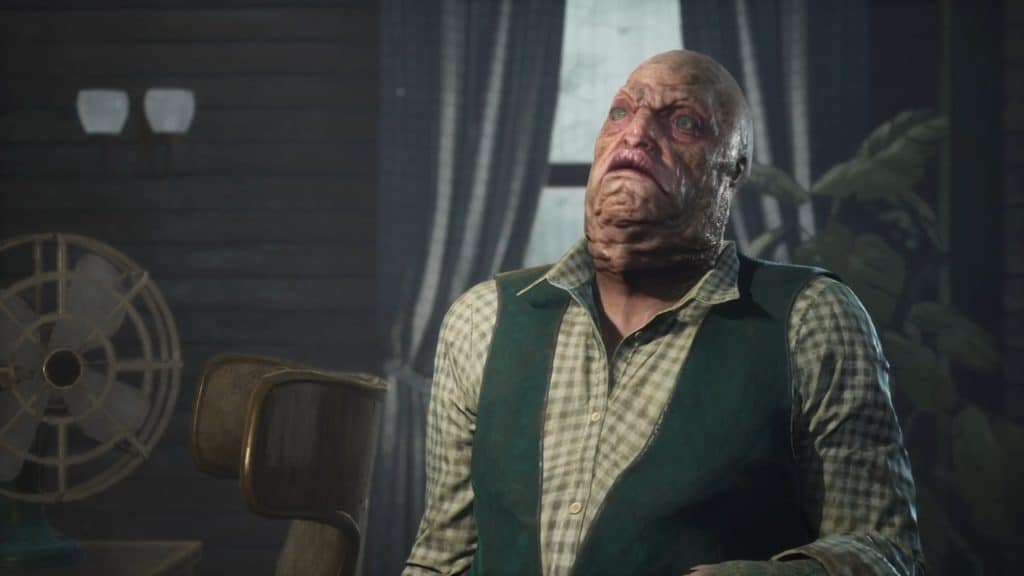
It also helps that the sound design is phenomenal in The Sinking City. Classic thriller beats set the tone, while ghostly ambience fills the air whenever the score is not playing in the background. When out on a crowded street, mumbling and NPC chatter drowns out the ghostly ambience in favour of a much more “normal” experience. When rain starts to pour, and thunder starts to strike, sounds such as footsteps and NPC chatter get drowned out. When you enter an infected area and start to go up against the creatures that dot the landscape of Oakmont, the game picks up the beat and the ambience immediately switches over to a much more action-oriented, yet still very ominous, track. Couple this with the terrifying sound design for the creatures themselves, and The Sinking City offers an award-winning horror experience!
I must note that the game performed extremely well. One of the biggest issues that I had while playing Sherlock Holmes: The Devil’s Daughter, is the game’s incredibly long loading times, and freezing. The Sinking City still loads a tiny bit longer than I would like it to, but unlike the developer’s previous game, this one features a vast open world with little to no loading in its entirety. Thus the lengthy loading is forgivable.

A beautiful Lovecraftian love letter
Frogwares is nothing, if not consistent. For years, the development studio thrived on their Sherlock Holmes titles. This is because no one does the ace detective as much justice as they do. Now they have finally branched out with another detective game, and my gosh is it great.
The Sinking City perfectly captures the Lovecraftian mythos for all it has to offer. This includes a strong narrative worthy of the author that inspired it all; a great art direction that brings the mythos to life, and exceptional sound engineering that immerses players into a world of unknown horrors and supernatural threats; all while lending itself a nice and steady, slow-paced private investigator experience that feels like the perfect evolution to the Sherlock games that came before it.
There are one or two caveats that I wish could be better. The crafting system definitely needs a bit of work, and the loading times can do with a tiny bit of trimming. When you considering all of the positives, however, these two negatives hardly seem bothersome. It also helps that the story is phenomenally crafted, as long as you take the time to look for it, and appreciate it. This is not a game that you can rush through and hope to have a good time. Rather, The Sinking City is a slow and methodical title that uncovers more mysteries the longer you play. It is a proper detective game that does H.P. Lovecraft justice. It is, for all intent and purpose, a Lovecraftian love letter.
| Time to complete | 15+ hours |
| Difficulty | Both settings unchanged (normal) |
| Platform | PlayStaton 4 |
| Acquisition | Review code courtesy of Bigben Interactive |
Junior Editor at Vamers. From Superman to Ironman; Bill Rizer to Sam Fisher and everything in-between, Edward loves it all. He is a Bachelor of Arts student and English Major specialising in Language and Literature. He is an avid writer and casual social networker with a flare for all things tech related.

